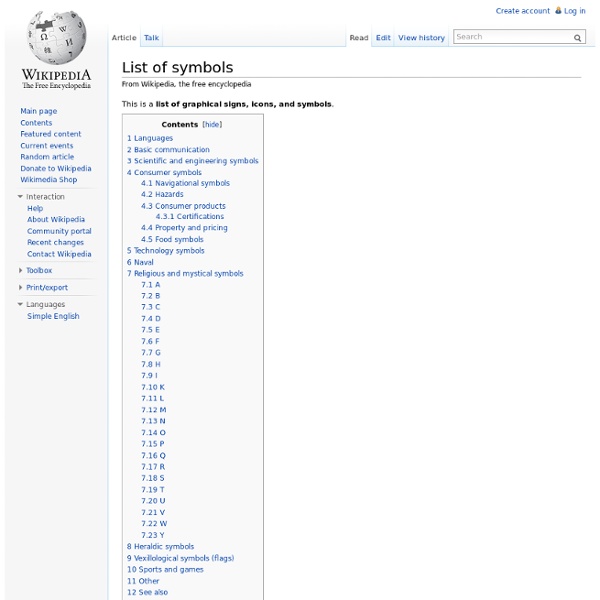Olympic symbols
The Olympic symbols are icons, flags and symbols used by the International Olympic Committee to promote the Olympic Games. Some - such as the flame, fanfare, and theme - are more common during Olympic competition, but others, such as the flag, can be seen throughout the year. Motto[edit] The Olympic motto is the hendiatris Citius, Altius, Fortius, which is Latin for "Faster, Higher, Stronger." Coubertin said "These three words represent a programme of moral beauty. The Rings[edit] The five-ringed symbol of the Olympic Games. The primary symbol of the Olympic Games is composed of five interlocking rings, colored blue, yellow, black, green, and red on a white field, known as the "Olympic rings." "...the five colors [including the flag’s white background] thus combined reproduce the colors of all the nations, with no exception. The symbol's popularity and widespread use began during the lead-up to the 1936 Summer Olympics in Berlin. Flag[edit] Specific flags[edit] Antwerp flag[edit] Medals[edit]
Ancient Symbols, meanings of symbols from Ancient Egyptian, Celtic, Greek, etc.
Logo
A logo (abbr. of logotype,[1] from Greek: λόγος logos - word, idea + Greek: τύπος typos - imprint, picture) is a graphic mark or emblem commonly used by commercial enterprises, organizations and even individuals to aid and promote instant public recognition. Logos are either purely graphic (symbols/icons) or are composed of the name of the organization (a logotype or wordmark). History[edit] Numerous inventions and techniques have contributed to the contemporary logo, including cylinder seals (c.2300 BCE), coins (c.600 BCE),[3][4] trans-cultural diffusion of logographic languages, coats of arms,[5] watermarks, silver hallmarks and the development of printing technology. As the industrial revolution converted western societies from agrarian to industrial in the 18th and 19th centuries, photography and lithography contributed to the boom of an advertising industry that integrated typography and imagery together on the page. The First logo to be trademarked was the Bass red triangle in 1876
symboldictionary.net
Best of Design 2010
As 2010 is wrapping up, it is about time do a sum up of the best sites that I've featured on Best Web Gallery. Again I've selected 50 sites from different categories: personal blog, commercial, agency, portfolio, and software. In 2010, CSS design is getting more interactive. People are using jQuery and CSS animation to add interaction in their design. 20 Things I Learned Jax Sven Prim Future of Web Design Stephen Caver Version Teixido Pictory Riot Industries Brizk The Many Faces of Tobias Ahlin Haus Nike Snowboarding Living Principles Forever Heavy Christoph Zillgens Foundation Six Cargo Collective Mobile Roadie Donq 37 Signals Courier Rainy Pixels Simo Analog Veerle Kaleidoscope Joyent Hicksdesign Marie Catribs dConstruct Buffalo Galp Lost World's Fairs Fiell Image Mechanics Infinvision Grand People Crush Lovely Rokkan Cutler Yaron Schoen Cloud 365 Chirp Colly Mercy
Thesaurus
Design Mom — The Intersection of Design & Motherhood
Parsons Info Design Studio- Fall 2011
Some examples of information design
Designing information can help us see data in ways that help us achieve specific goals. Well designed data ends up having little text yet the information is delivered through a variety of visual means. That’s how we learned in kindergarten, using pictures and picture books. The Vignet Labs blog posted a great article that show some great examples of information design. For more information on the subject here are some of my fav books: Anything by Edward Tufte (The top four results) The Best Information Diagrams 2 (steep price, still trying to get my hands on #3) The above image comes from:
IndigoSkyDesign
Based in the city of York, indigo sky design is a bit different from other graphic designers. You see we've not always been graphic designers. Having extensive experience in IT project management and business analysis in a variety of industry sectors, we know what its like to be on the other side of the fence too. We will work with you to ensure that you get exactly what you want, be it a marketing brochure, a website or a whole new corporate identity. When we're not designing, we like travelling to new places, going running, and spending time with family and friends (well not really the running, but we do it anyway). "We have used Indigo Sky Design several times to create logos and graphic designs for various projects. Rana Harvey, Owner, Dazzling Dummies "We have used Indigo Sky Design to help with the layout and creation of leaflets, promotional postcards, a book of French songs and a music CD. Lucy Amos, Director, Little Fidgets Anne Ferguson, Owner, Wonderful Watch Shop
Understanding by Design
IAN Symbol Libraries (Free Vector Symbols and Icons) - Integration and Application Network
The IAN symbol libraries currently contain 2925 custom made vector symbols designed specifically for enhancing science communication products with diagrammatic representations of complex processes. Our aim is to develop a global symbol language for scientists, resource managers, community groups, and environmentalists worldwide. Currently downloaded by 92233 users in 243 countries and 50 U.S. states. The IAN/UMCES Symbol and Image Libraries are provided completely cost and royalty free for any use, with attribution, except redistribution or sales. Required Attribution: Courtesy of the Integration and Application Network, University of Maryland Center for Environmental Science (ian.umces.edu/symbols/). Add to Cart button. To be notified of new symbols, subscribe to our RSS feed. Overview Download Download Symbols To download symbols you need to have an account with our image library (registration is completely free and only takes a minute). Register | Forgot Password? Instructions Resources Help



